
Photos courtesy of the author.
The perfect opportunity awaits Illinois waterfowl hunters and farmers to strengthen their alliance for more hunting opportunities, the preservation of our rural areas and enhancement of community profits.

After corn and soybeans are harvested each fall there is still ample time to collect rainwater to flood small depressions, which create magnets for waterfowl. A flooded corn field, even after it has been harvested, is still a prime feeding spot for ducks and geese if flooded during the fall and winter. These temporarily flooded fields will allow for more waterfowl hunting throughout more parts of the state. Randy Smith, Wetland Wildlife Program Manager with the Illinois Department of Natural Resources (IDNR), said “As waterfowl hunter numbers decline nationwide and throughout Illinois, access to areas such as shallowly flooded fields provides easy opportunities for new or seasoned hunters. All that is needed for success are hip boots, a shotgun and a few decoys.”
Waterfowl hunting is estimated to have a $261million economic impact in Illinois alone1. Given that the state has relatively few waterfowl hunting opportunities outside of the river valleys, any increase in hunting opportunities should result in a dramatic increase in economic impacts. This is particularly true in rural areas through increased spending on lodging, meals at restaurants, a few beers at the pub, etc.. Dr. Jared Duquette, Hunter Heritage Program Manager for the Illinois DNR, said “Decreased access to hunting land has long been a major factor leading to less hunters in Illinois and an issue we need to address if we want hunting to continue.”

In order to create these “pothole” bodies of water, all that is typically needed is a water control structure fitted onto existing drain tile lines. These structures allow water to flow unimpeded through the tile lines during the growing season, but also allow a few boards to be inserted after harvest to back water into low lying depressions or potholes. Typically, a water control structure will cost around $800 on average and installation will be an additional expense.
Let’s not overlook the impact this has on flood storage and water quality as well. In the fall, most fields are bare soil with nothing in place to help soak up or slow down the water after rain events. By holding water in fields, water will not race to drainage ditches, then into larger streams where it can result in water damage to infrastructures, sand/silt deposition or severe erosion. A half-acre “pothole” flooded at 8 inches deep will store at least 109,155 gallons of water in the field. That is enough water to fill up the main floor of a 14,000 square foot home from floor to ceiling.
Hunters and farmers should take all opportunities to work together. The future of both sectors relies on the preservation of our rural areas. When times are tough for either group, it’s always nice when somebody else has your back. There’s never been a better opportunity to work as a team than on this effort to harvest crops, flood the fields, and then harvest a few ducks and geese.
For more information or to discuss potential programs covering fall flooding, contact Mike Budd at michael_budd@fws.gov or at (217) 557-4474.
1 – Data from the 2012-13 Illinois Waterfowl Hunter Survey, INHS Human Dimensions Program
Mike Budd is the Private Lands Coordinator for the U.S. Fish and Wildlife Service in Illinois. He has worked with private landowners for the majority of his 12-year career in natural resources, including stints with Ducks Unlimited. Originally from Michigan, Budd has had the opportunity to work in multiple states including Virginia, New York and Arkansas and is excited that Illinois has such a rich opportunity for wetland restoration. At each stop, he has picked up a new tip or trick from private landowners on how to restore wetlands efficiently and effectively. Budd, his son, daughter, wife and old retired duck-dog live in Sangamon County.






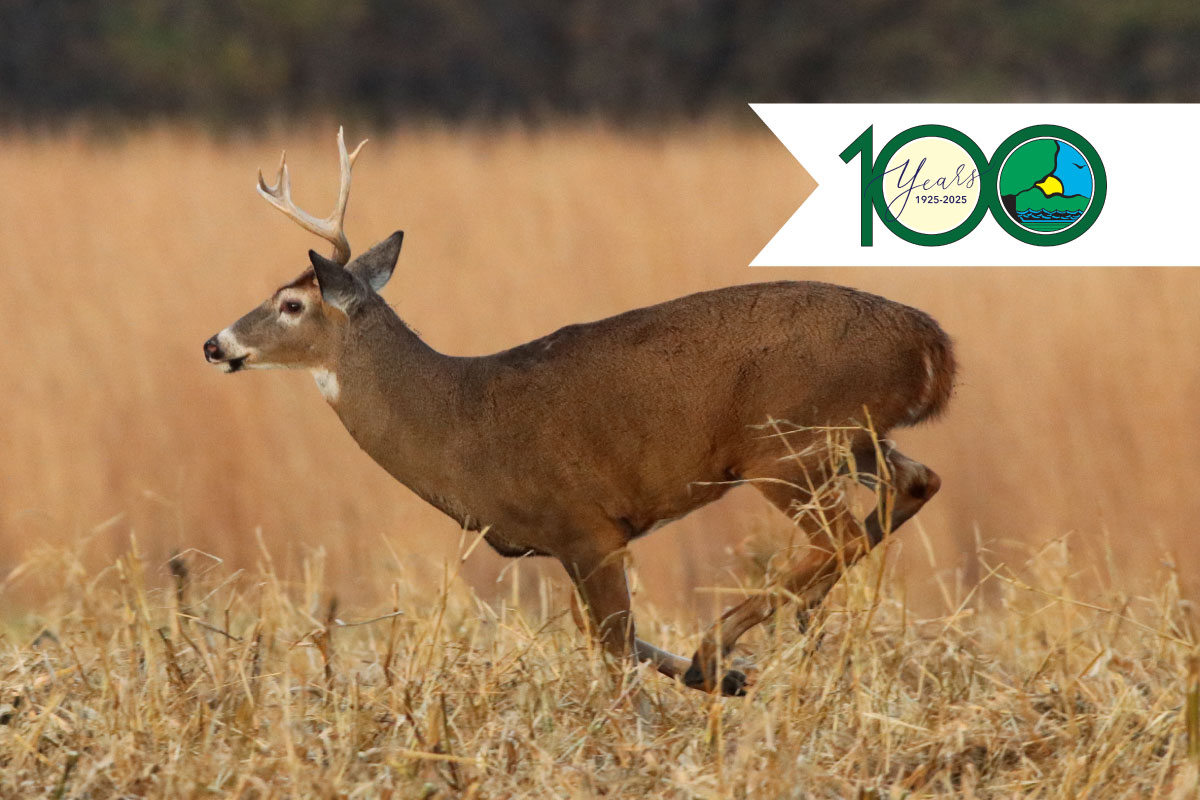

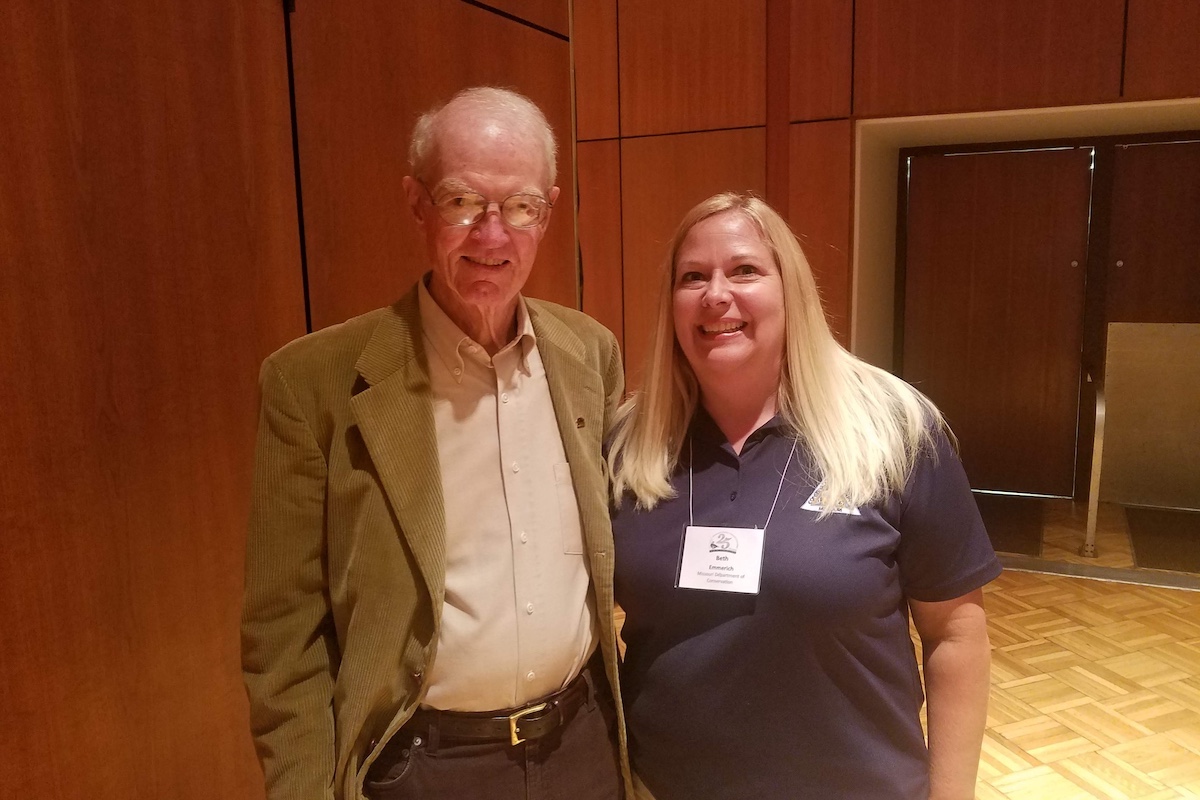
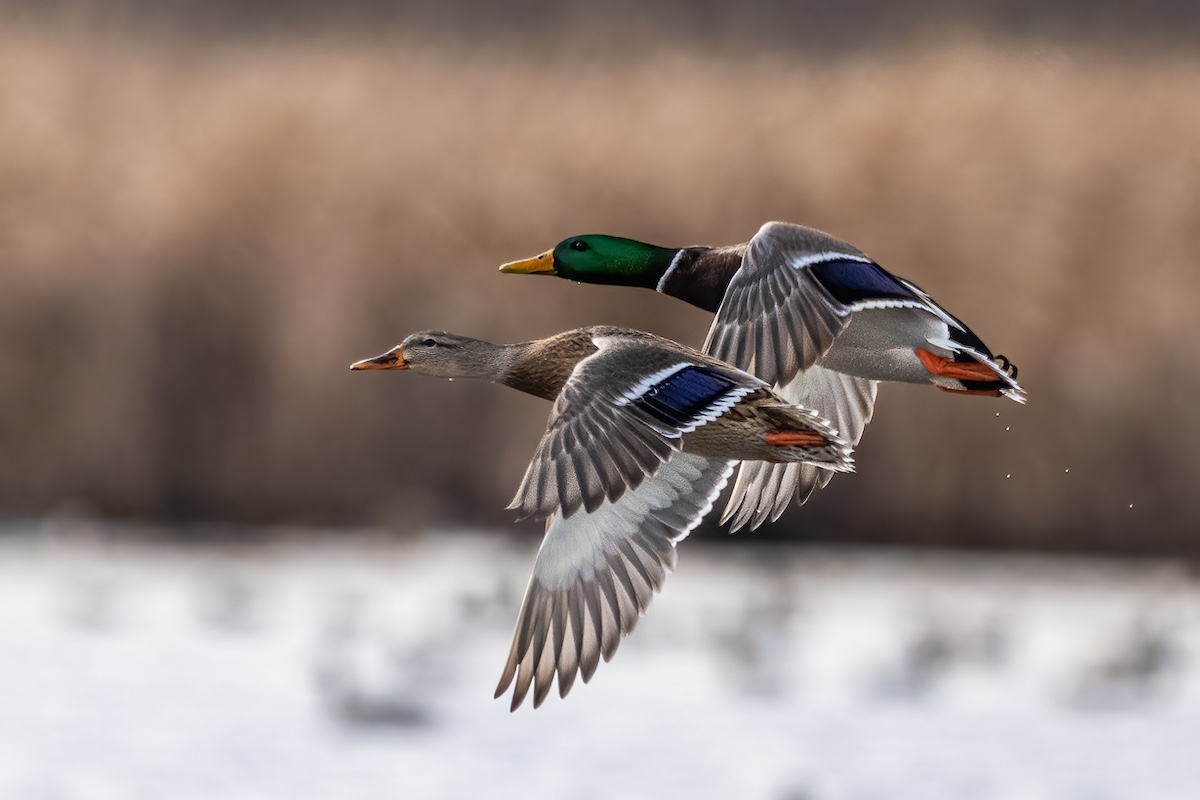
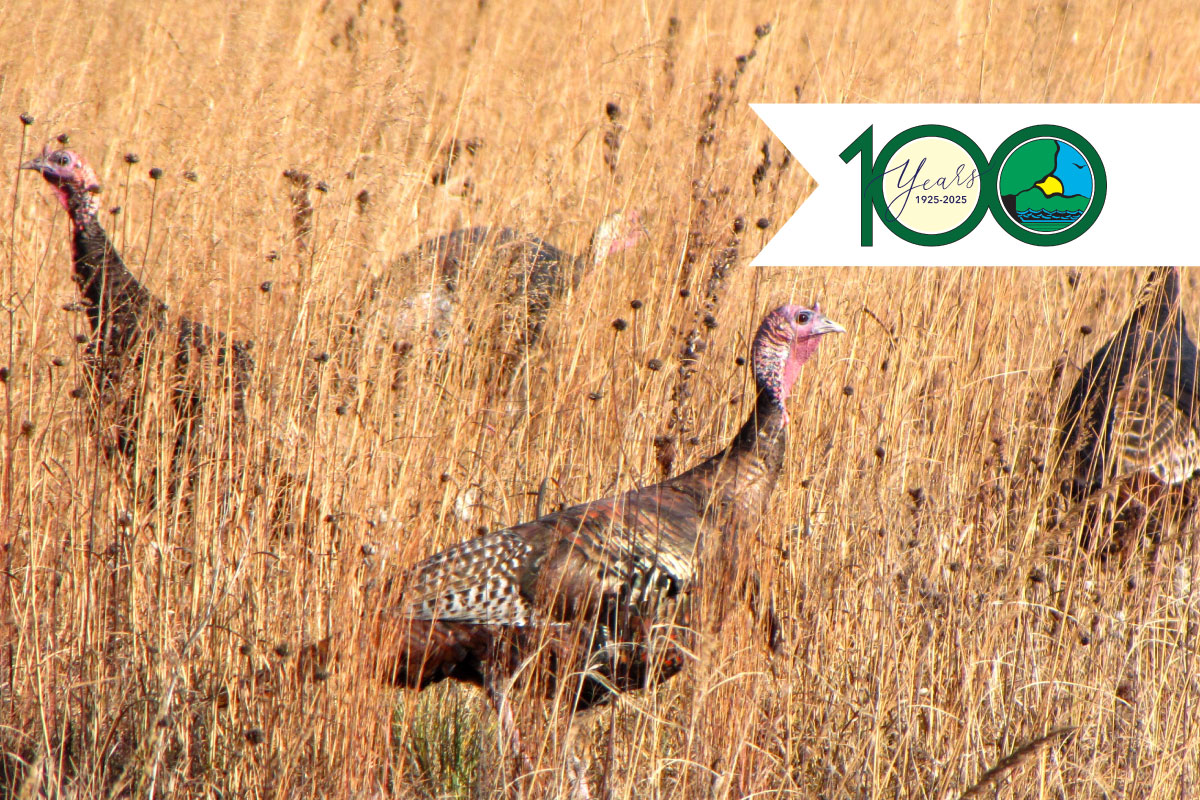
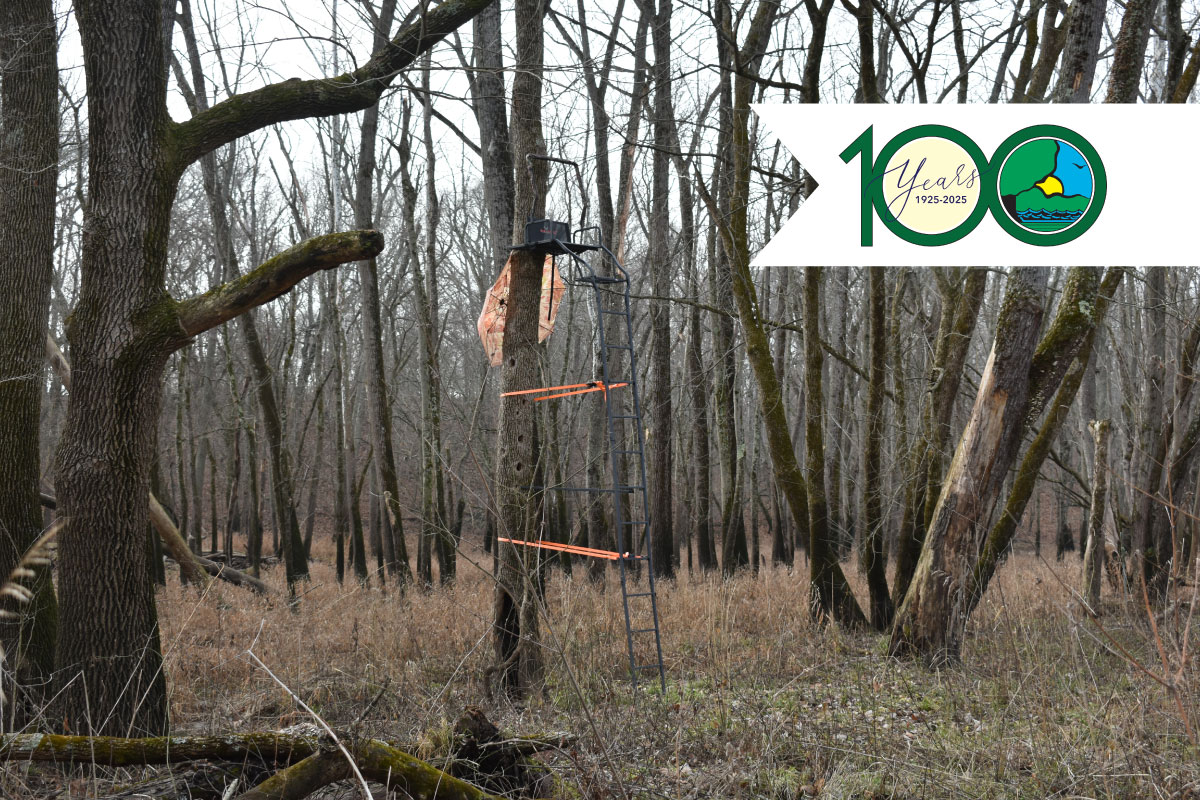
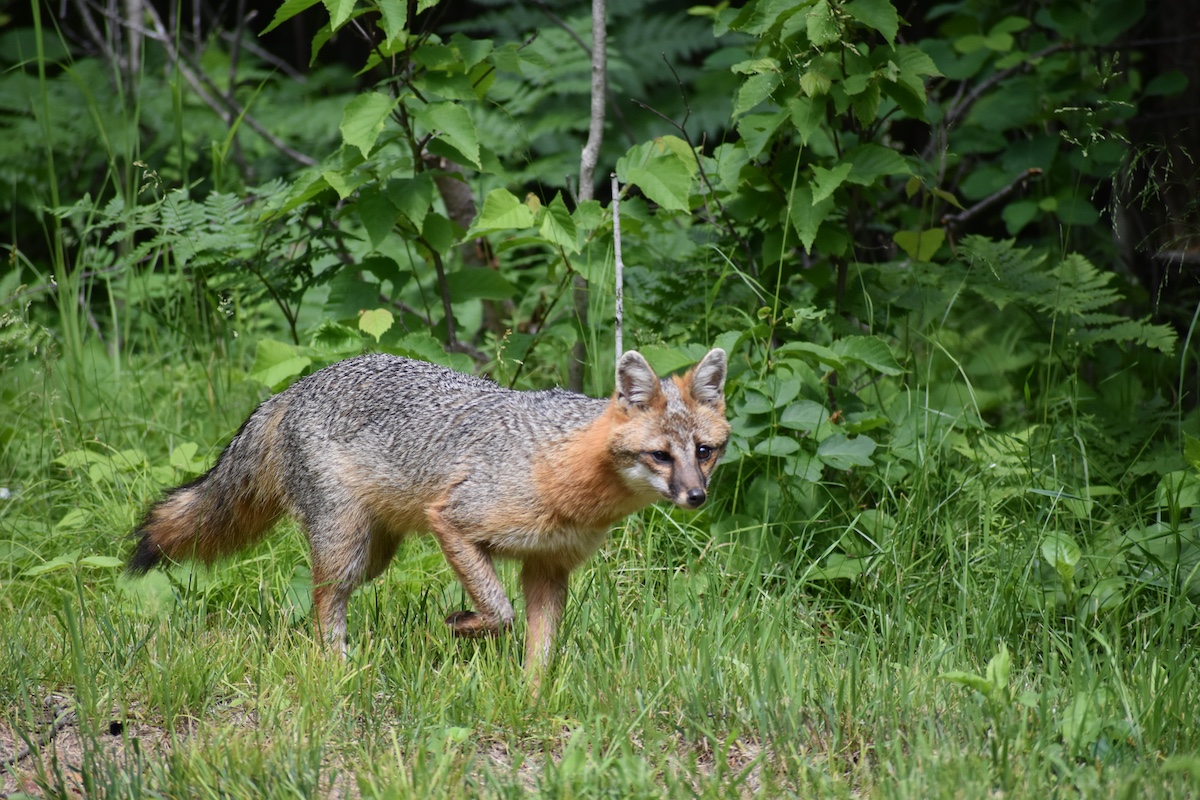
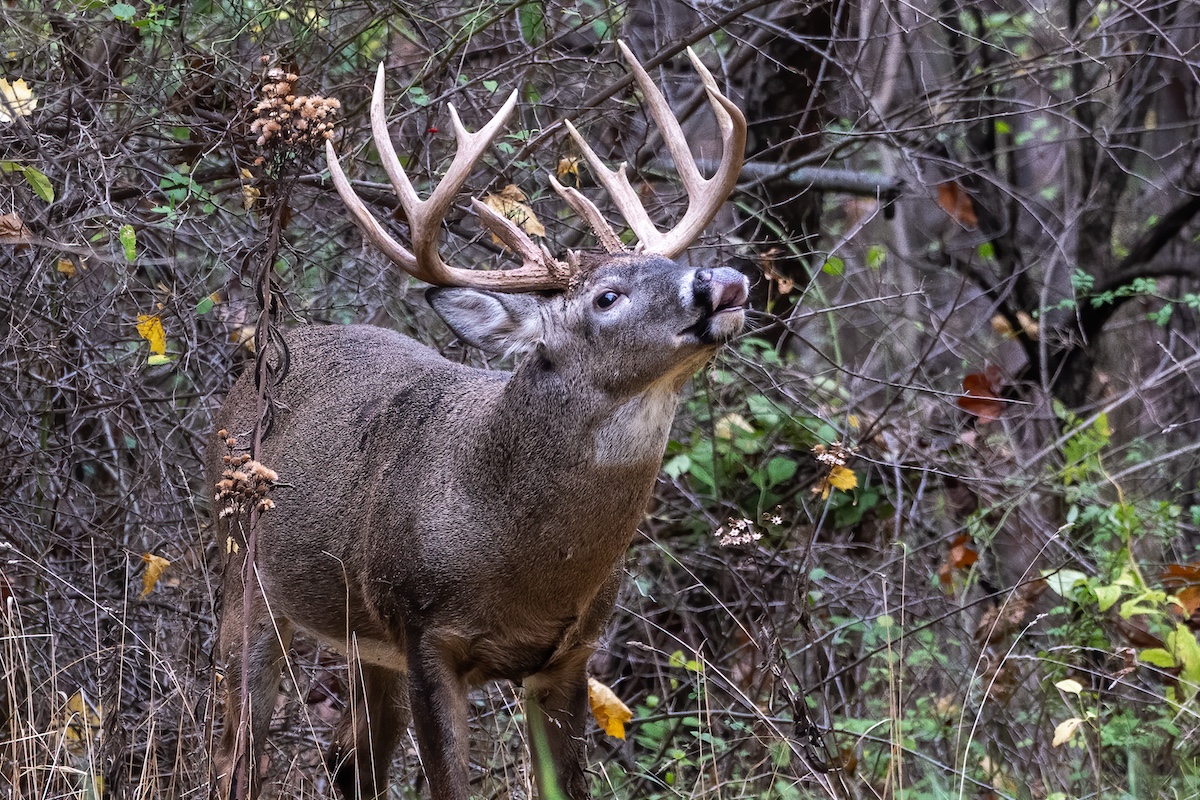
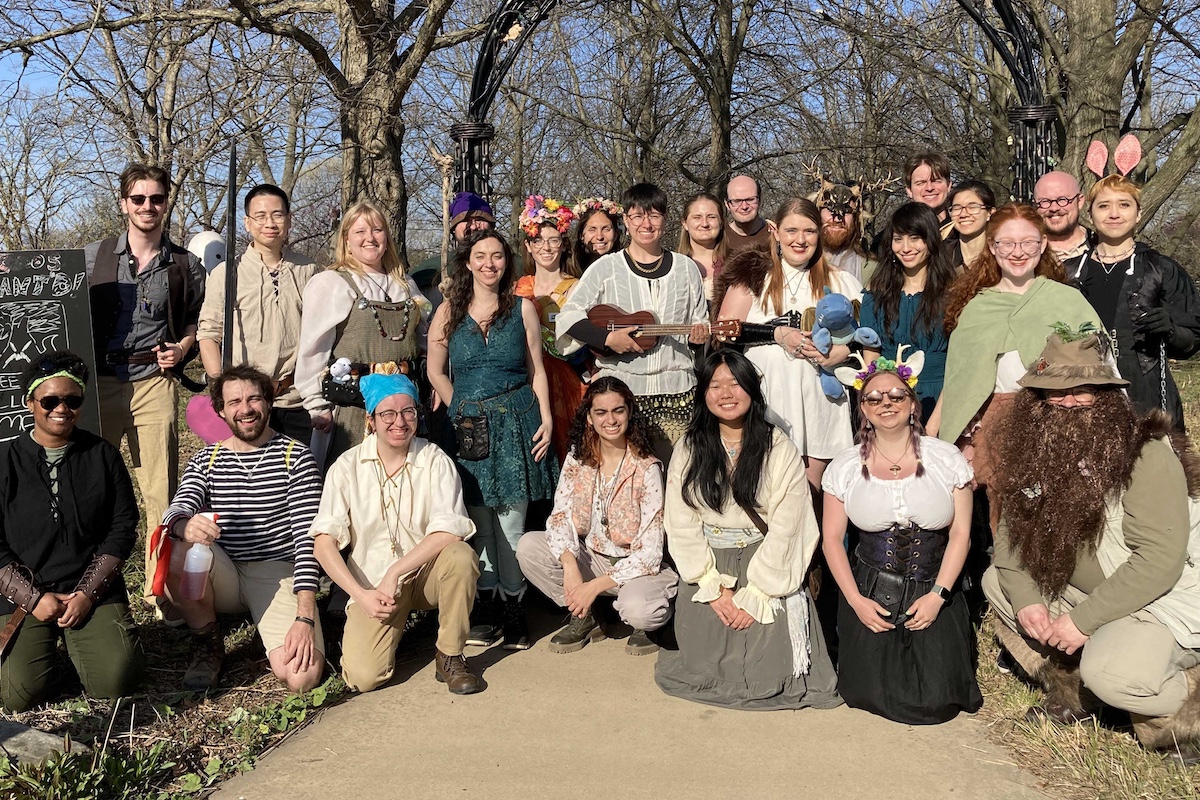
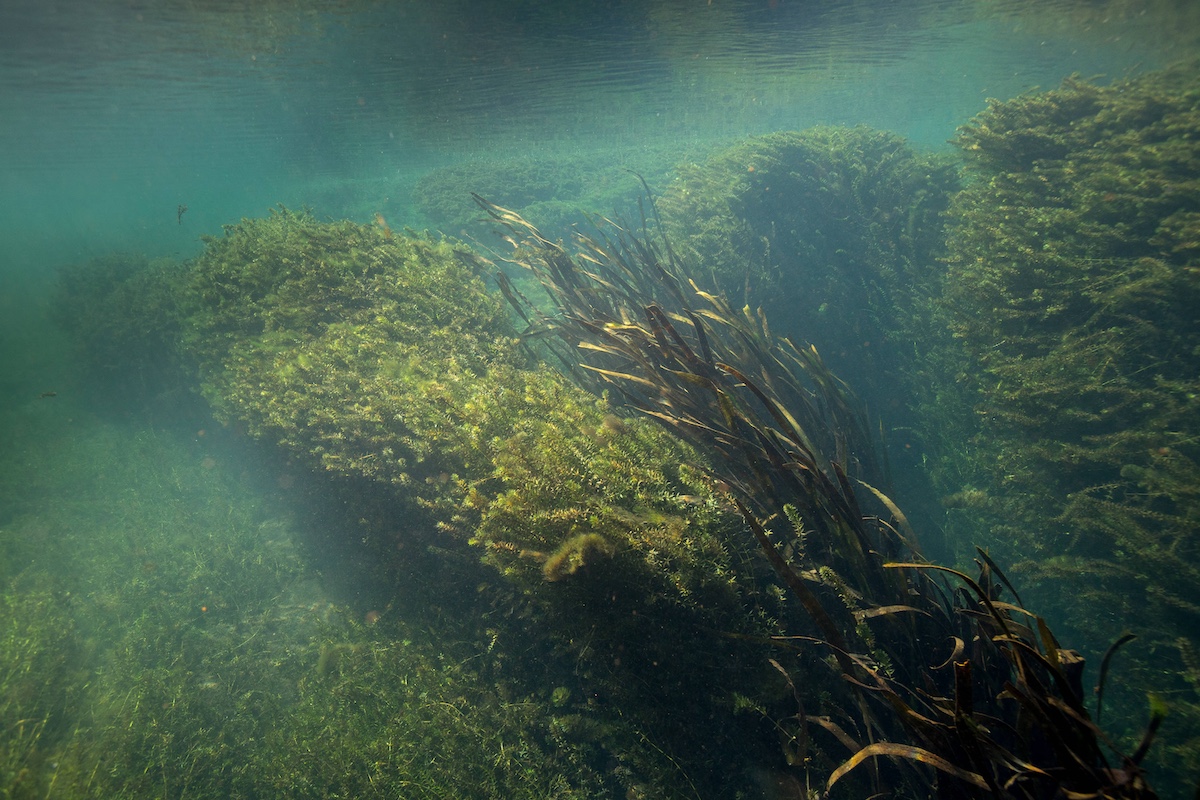
Submit a question for the author